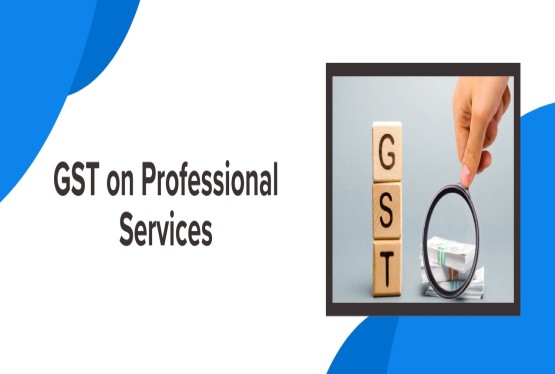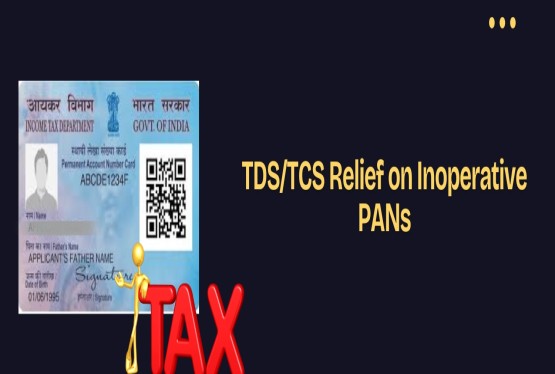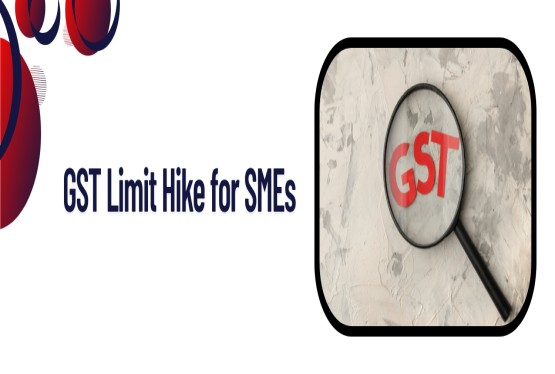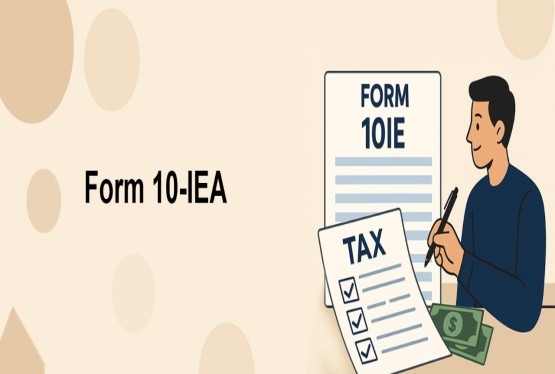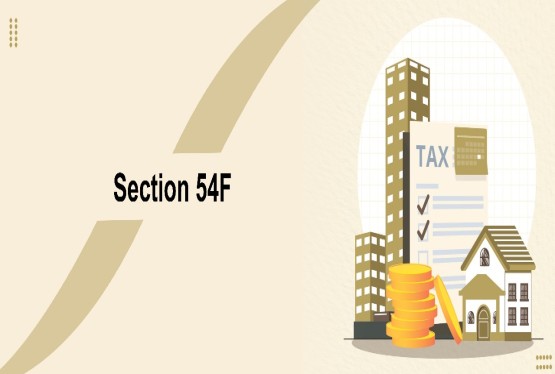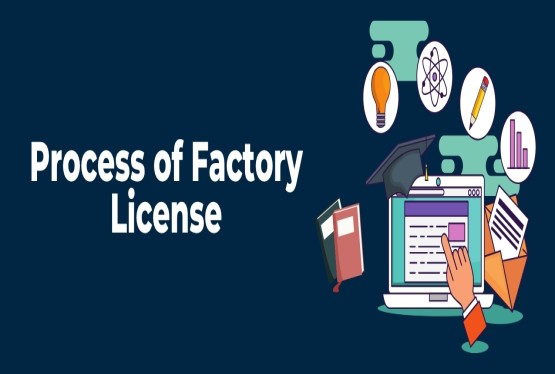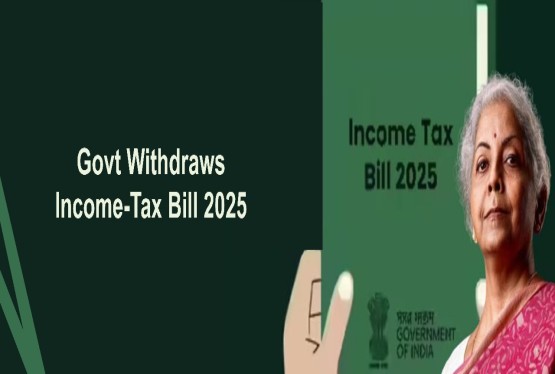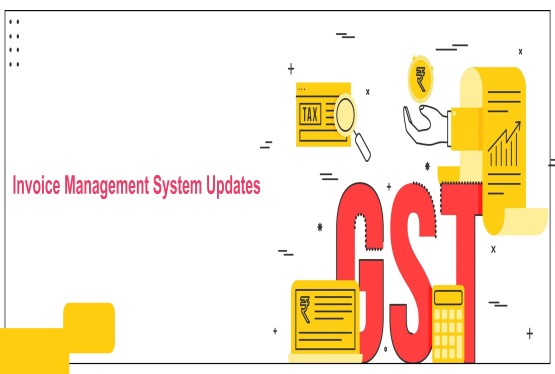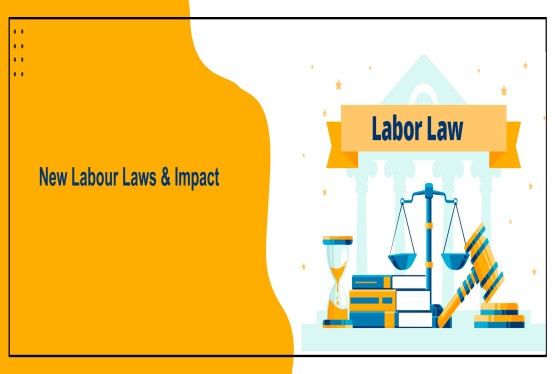The Goods and Services Tax (GST) is one of India’s most important tax reforms, introduced on July 1, 2017. GST replaced a surplus of indirect taxes, simplifying the taxation system for businesses and consumers alike. Knowing GST slab rates is essential for entrepreneurs, as these rates directly affect the pricing of goods and services. In this article, we explore GST slab rates, their significance, and provide examples of how they impact businesses and consumers.
What is GST?
GST, or Goods and Services Tax, is an indirect tax levied on the supply of goods and services. It applies throughout India and consolidates multiple indirect taxes, such as Central Excise Duty, VAT, and Entry Tax. GST is structured to update taxation, ensuring consistency and transparency. Businesses must register under GST and obtain a GST Identification Number (GSTIN).
GST is categorized into four types:
-
State Goods and Services Tax (SGST): Levied by states on intra-state transactions.
-
Central Goods and Services Tax (CGST): Imposed by the Central Government on intra-state transactions.
-
Integrated Goods and Services Tax (IGST): Applicable to inter-state transactions and calculated as the sum of CGST and SGST.
-
Union Territory Goods and Services Tax (UTGST): Similar to SGST but applicable to union territories.
GST Slab Rates in India
The GST Council has devised multiple slab rates to cater to various categories of goods and services. These rates ensure that essential goods remain affordable, while luxury items and services attract higher taxes. The common GST rates in India are:
-
0% (Nil Rate): Essential items like fresh milk, vegetables, and unbranded food grains.
-
5%: Items such as tea, sugar, and economy-class travel.
-
12%: Products like packaged ghee and fruit juices.
-
18%: Goods such as mineral water and toothpaste.
-
28%: Luxury items, including air conditioners and high-end cars.
-
Special Rates: 0.25% for precious stones and 3% for gold.
Examples of Goods and Services Under Different GST Slabs
1. Nil Rated or 0% GST
Essential goods and services under this category include:
-
Fresh milk and vegetables
-
Unbranded atta, maida, and besan
-
Educational and healthcare services
These exemptions ensure that basic necessities remain affordable for the masses.
2. 5% GST
Items in this category include:
-
Sugar and tea
-
Economy-class flight tickets
-
Indian sweets (mishti/mithai)
These products are essential but slightly processed, attracting a minimal tax rate.
3. 12% GST
Goods and services under this rate include:
-
Mobile phones
-
Business-class flight tickets
-
Packaged ghee
This rate applies to moderately processed or luxury necessities.
4. 18% GST
This slab covers items like:
-
Mineral water
-
Cornflakes
-
Computer monitors
These are semi-essential goods and services with higher value addition.
5. 28% GST
Luxury and sin goods under this category include:
-
Air conditioners
-
Luxury cars
-
Tobacco products
Additionally, certain items in this category attract a compensation cess.
GST for Services
The GST Council also categorizes services under similar slabs:
-
5%: Rail travel and tour operators
-
12%: Non-economy air travel
-
18%: Event tickets and restaurants serving alcohol
-
28%: Amusement parks
Healthcare and educational services are exempt from GST.
How to Calculate GST?
Calculating GST is crucial for businesses to ensure compliance and accurate tax payments. The formula for GST calculation is:
GST Amount = (Original Price × GST Rate) / 100
Net Price = GST Amount + Original Price
For example, if a product costs Rs. 1,000 and the applicable GST rate is 18%, the net price will be Rs. 1,180.
Importance of GST Slab Rates
1. Eliminating Tax-on-Tax: GST eliminates cascading taxes, reducing the overall cost for consumers.
2. Compliance: Consolidating multiple taxes into one makes compliance easier for businesses.
3. Higher Revenue Collection: GST’s transparency helps increase tax revenues.
4. Fraud Prevention: A unified tax system reduces corruption and tax evasion.
5. Encouraging Small Businesses: GST promotes formalization, helping small businesses align with tax norms.
Conclusion
GST has basic India’s taxation system, fostering transparency and uniformity. GST slab rates enables businesses to price their products competitively while ensuring compliance. You need any assistance in GST Registration or GST Returns we can help you with this, you can easily connect with us at info@ccoffice.in or Call/Whatsapp us on 9988424211.
FAQs
Q1. What is the GST rate for essential goods?
Ans. Essential goods like fresh milk, vegetables, and unbranded food grains fall under the 0% GST slab.
Q2. Are healthcare and education services taxed under GST?
Ans. No, healthcare and educational services are exempt from GST.
Q3. How is GST applied to inter-state transactions?
Ans. Inter-state transactions attract IGST, which combines CGST and SGST.
Q4. What is the GST rate for luxury items?
Ans. Luxury items are taxed at 28%, with some items attracting an additional compensation cess.
Q5. How can businesses calculate GST?
Ans. Businesses can use the formula: GST Amount = (Original Price × GST Rate) / 100. Alternatively, they can use online GST calculators.
Q6. Are there any reduced GST rates for small businesses?
Ans. Yes, under the GST Composition Scheme, small businesses can pay reduced rates of 1.5%, 5%, or 6% based on their turnover.
Q7. What is the significance of HSN and SAC codes in GST?
Ans. HSN codes are used to classify goods, and SAC codes are for services. These codes determine the applicable GST rates.








_crop10_thumb.jpg)

















































































_for_FY_2025-26_crop10_thumb.jpg)



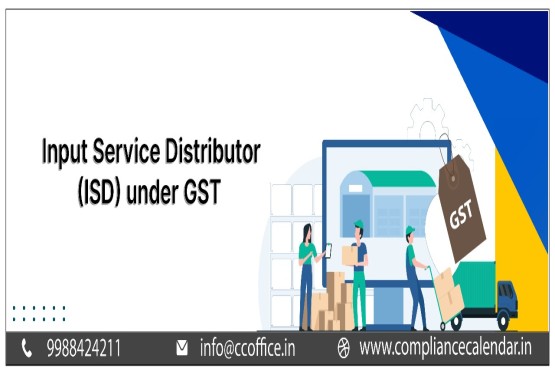








_learn_crop10_thumb.jpg)








_Filing_Due_Dates_for_FY_2024-25_learn_crop10_thumb.jpeg)


























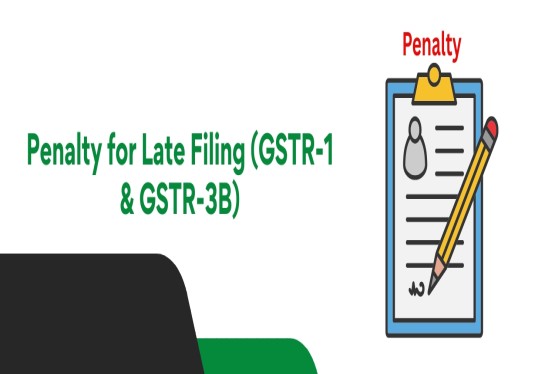












_of_GST_Act_learn_crop10_thumb.jpg)










_Under_GST_learn_crop10_thumb.jpg)









_crop10_thumb.jpg)


_crop10_thumb.jpg)






_learn_crop10_thumb.jpg)






















_of_the_Income_Tax_Act_learn_crop10_thumb.jpg)



_learn_crop10_thumb.jpg)
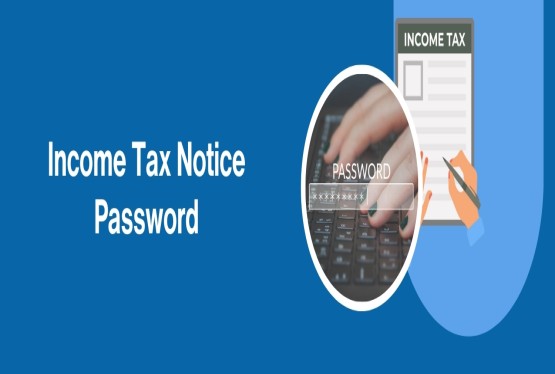





_learn_crop10_thumb.jpg)






_crop10_thumb.jpg)




















_in_The_Income_Tax_Act,_1961_learn_crop10_thumb.jpg)



_learn_crop10_thumb.jpg)



_of_the_Income_Tax_Act_learn_crop10_thumb.jpg)


_Of_Income_Tax_Act_learn_crop10_thumb.jpg)








_learn_crop10_thumb.jpg)








_learn_crop10_thumb.jpg)
_crop10_thumb.jpg)






















_learn_crop10_thumb.jpg)
_for_Import_and_Export_learn_crop10_thumb.jpg)










